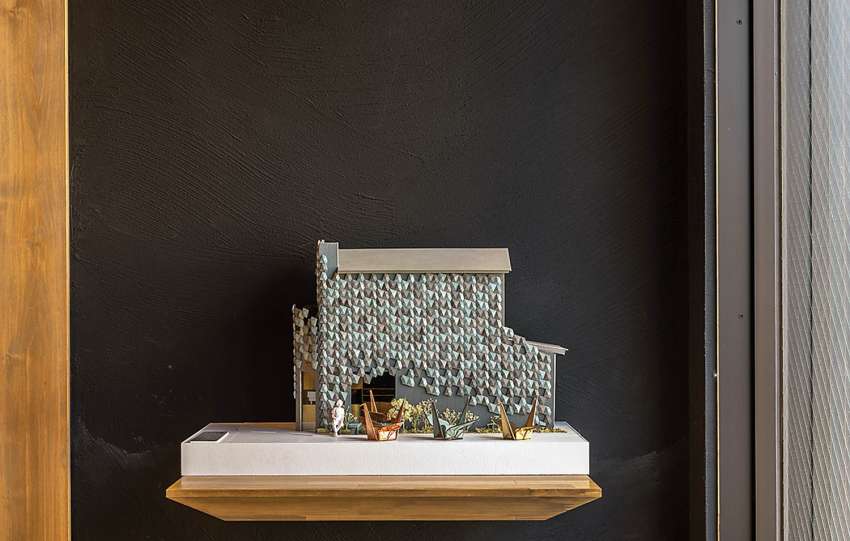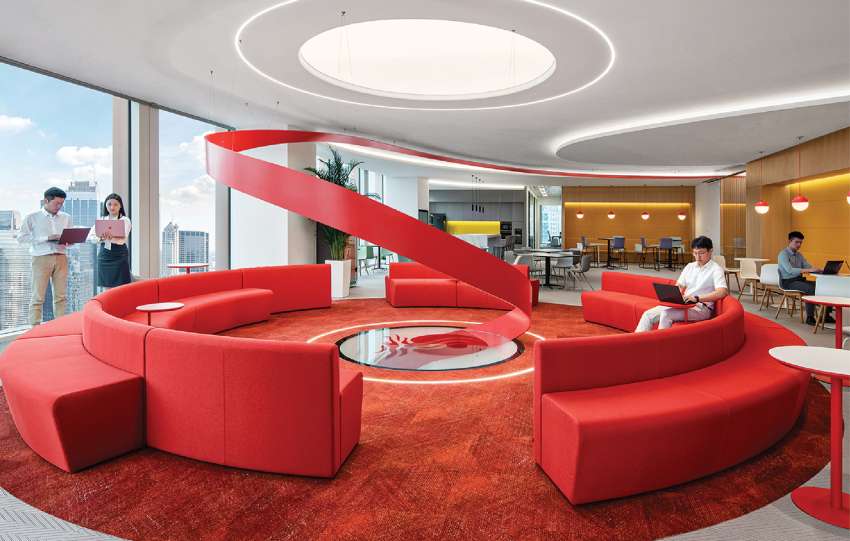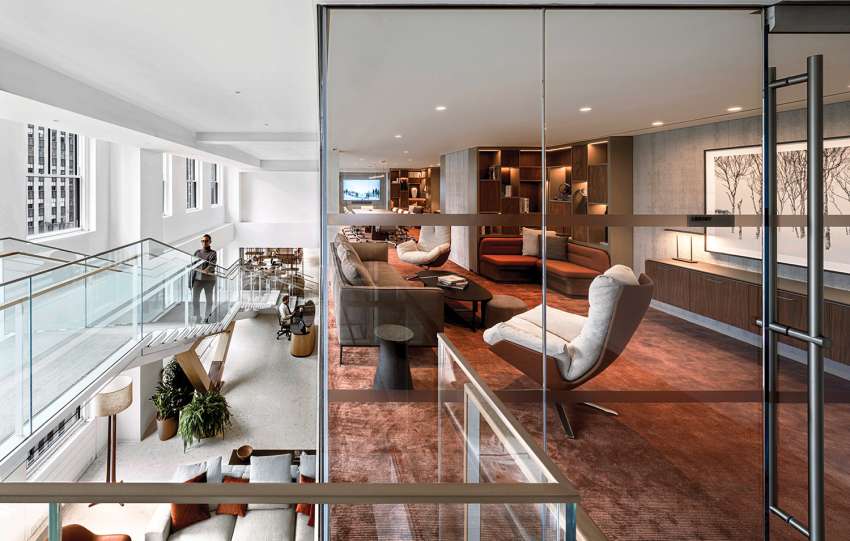Bimal Hasmukh Patel stands as one of the most influential contemporary architects and urban planners in India. Over the past three decades, Patel has become synonymous with progressive urbanism, context-sensitive architecture, and people-centric development. His work moves beyond buildings and delves into how cities function, breathe, and evolve, making him not just an architect but a visionary for modern Indian urban life.
One of his most ambitious and talked-about projects is the Central Vista Redevelopment in New Delhi — a national-scale transformation that has placed Patel at the center of India’s architectural discourse.
Early Life and Education
Bimal Patel was born in 1959 in Ahmedabad, Gujarat, into a family deeply involved in the world of architecture and design. His father, Hasmukh Patel, was a noted architect, and Bimal grew up surrounded by conversations about buildings, spaces, and design philosophies.
After completing his undergraduate degree in architecture from CEPT University (Centre for Environmental Planning and Technology) in Ahmedabad, he moved to the United States for further education. He earned his Master’s in Architecture and City Planning and a Ph.D. in City and Regional Planning from the University of California, Berkeley.
This combination of architectural design and urban policy shaped his unique ability to integrate macro-scale planning with micro-scale spatial design, an approach that defines much of his work today.
Career and Philosophy
In 1990, Bimal Patel took over the architectural firm started by his father, rebranding it as HCP Design, Planning and Management Pvt. Ltd. Under his leadership, HCP evolved into a powerhouse of urban design and large-scale infrastructure projects.
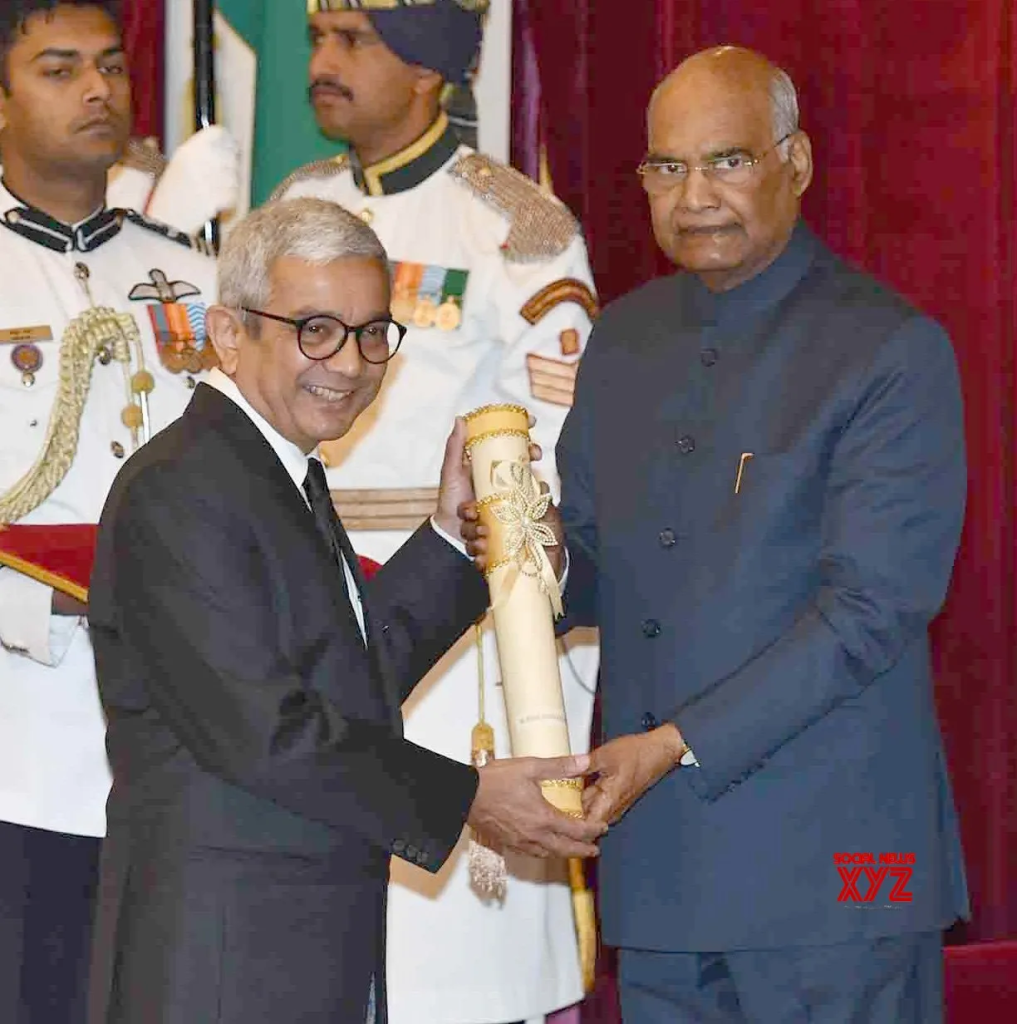
Patel is also the President of CEPT University, where he has worked to reform architectural and planning education in India. His academic and professional work consistently emphasize:
- Public space as a democratic necessity
- Sustainability and resilience in urban environments
- Contextual architecture that responds to history, climate, and culture
- Participatory planning involving various stakeholders
He has contributed to numerous landmark projects such as the Sabarmati Riverfront Development, Kashi Vishwanath Corridor, Gujarat High Court, and ICICI Bank headquarters in Hyderabad. However, his most high-profile and debated work remains the Central Vista Redevelopment Project in Delhi.
The Central Vista Redevelopment Project, New Delhi
Context and Vision
The Central Vista is a 3.2 km stretch in the heart of New Delhi, running from Rashtrapati Bhavan to India Gate. Originally designed by British architects Edwin Lutyens and Herbert Baker in the early 20th century, the area houses key government institutions, including Parliament House and several central ministries.

Over the decades, the area had become overburdened and fragmented, with government offices spread out inefficiently and infrastructure falling into disrepair. In 2019, the Government of India announced a massive redevelopment of the Central Vista, and Bimal Patel’s firm HCP was selected to design and execute the plan.
Key Features of the Project
- New Parliament Building
Perhaps the most iconic part of the project, the triangular-shaped Parliament building, designed by Patel, symbolizes transparency and efficiency. The structure incorporates:- Capacity for future expansion, accommodating over 1,200 MPs
- Advanced digital infrastructure
- Sustainable design using green materials and energy-efficient systems
- Interiors inspired by Indian cultural motifs, such as peacocks, lotuses, and banyan trees
- Revamping of Rajpath (now Kartavya Path)
Patel’s redesign of Rajpath emphasized:- Pedestrian-friendly pathways
- Wider green areas with improved landscaping
- Reflecting pools and smart street lighting
- Improved amenities like public toilets, drinking water, and seating
- Central Secretariat and Executive Enclave
The plan includes consolidating government ministries into modern buildings, reducing commuting inefficiencies and improving inter-departmental coordination. - National Museum and Cultural Spaces
Part of the vision includes reimagining how cultural institutions, such as museums and archives, are located and experienced by the public.
Design Philosophy
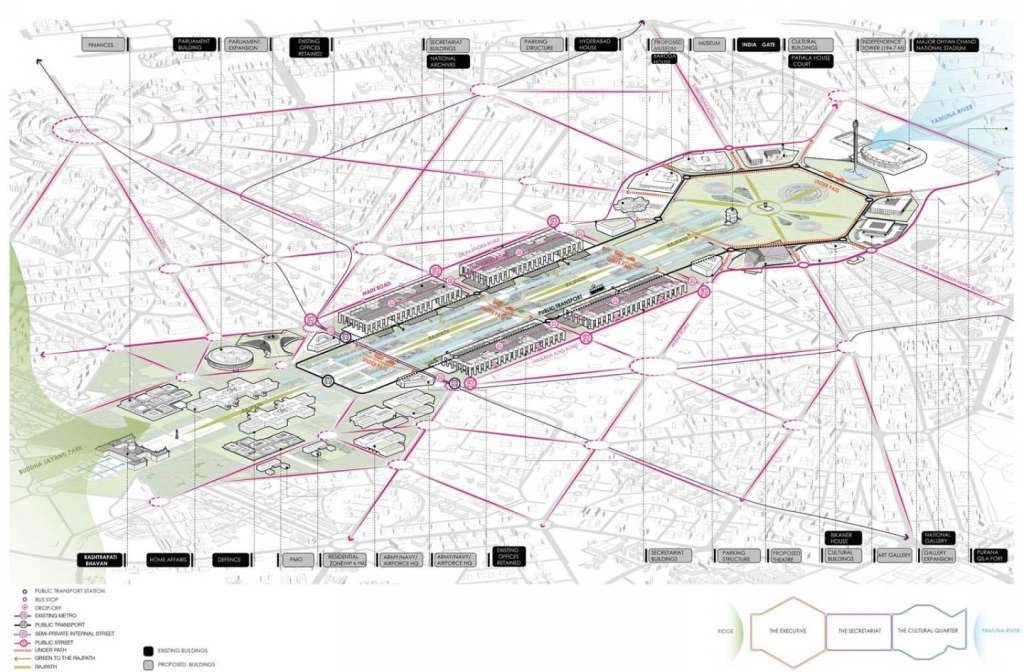
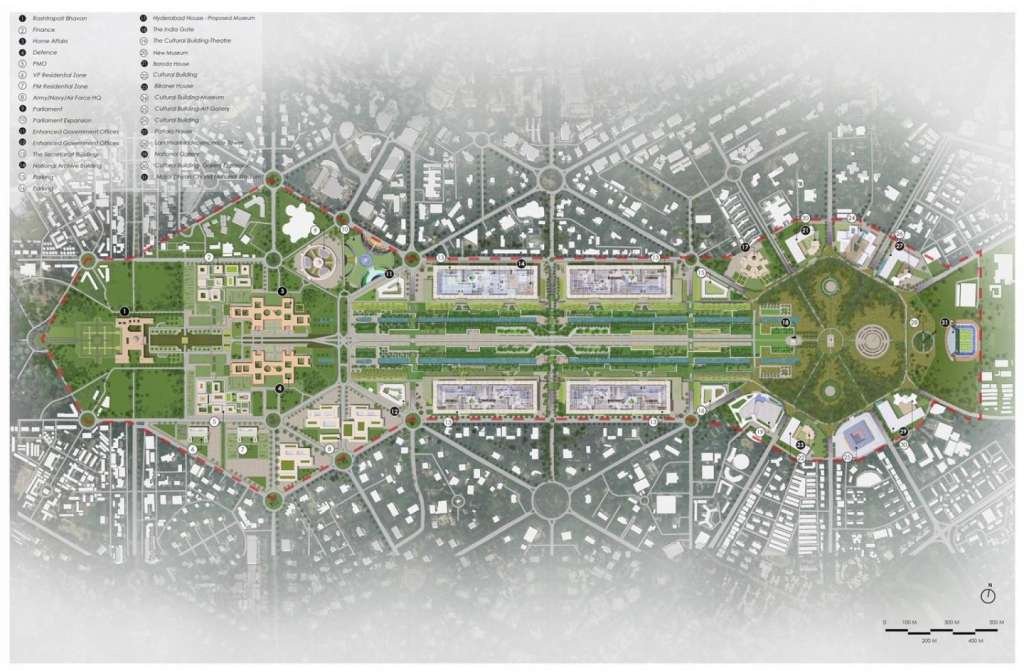
Patel approached the Central Vista with a deep understanding of its symbolic, historical, and functional importance. His goal was not to erase the past but to layer it with modern needs, ensuring the space remains relevant for the next century.
He adopted a contextual modernist approach—clean lines, solid forms, indigenous materials, and sustainable technologies—while incorporating Indian identity and democratic values into the design. By balancing tradition with transformation, the project aims to strengthen the institutional core of India’s democracy.
Criticism and Response
The project has sparked considerable public debate, with critics raising concerns over heritage conservation, public transparency, environmental impact, and the timing during the COVID-19 pandemic.
Patel, in response, has emphasized that:
- The old Parliament building will be preserved as a heritage structure.
- The plan underwent environmental assessments and public consultations.
- The redevelopment is essential for institutional efficiency and safety, as the existing infrastructure was no longer adequate.
Regardless of the differing opinions, the Central Vista project has cemented Bimal Patel’s place as a central figure in India’s urban transformation narrative.
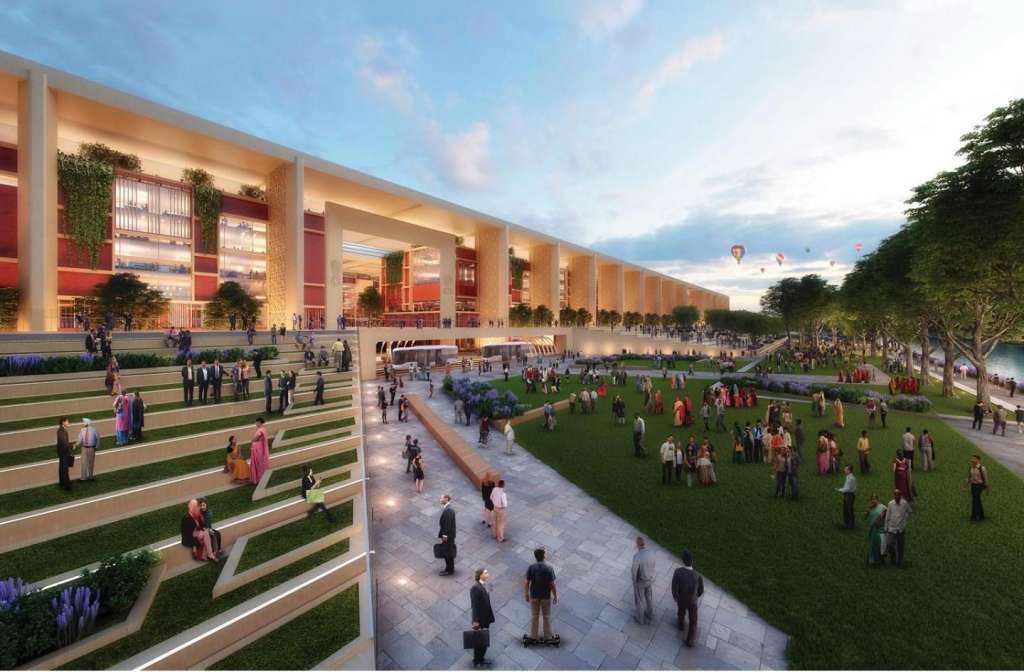

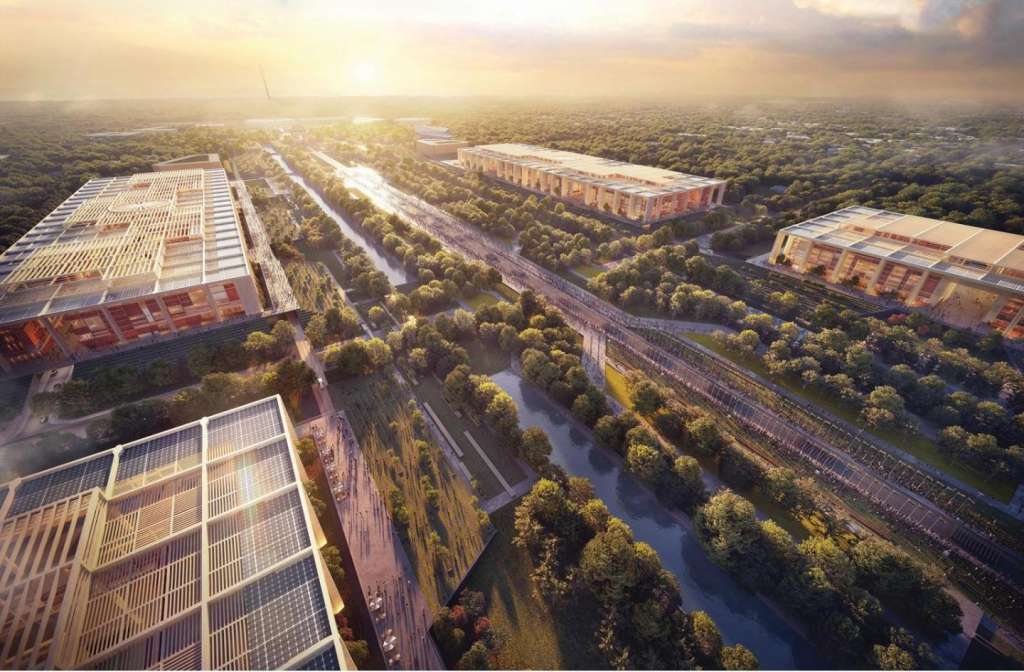
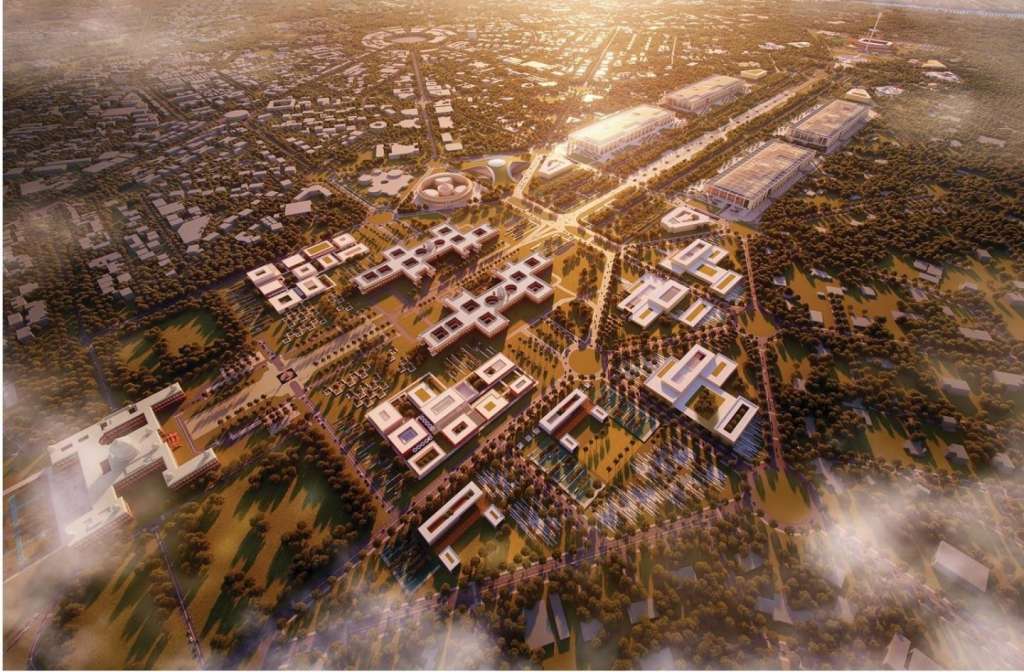
Legacy and Influence
Beyond individual buildings, Patel’s legacy lies in redefining how India thinks about urbanism. His Sabarmati Riverfront Project in Ahmedabad transformed a polluted riverbank into a vibrant public space, becoming a model for urban rejuvenation across India.
As a teacher, policymaker, and practitioner, Patel has built an ecosystem that connects architectural integrity with governance, public policy, and urban equity. His work shows how design can be an instrument of statecraft, not just a visual or structural discipline.
Conclusion
Bimal Patel exemplifies the architect as a public intellectual and civic designer. With a foundation rooted in traditional Indian values and an education shaped by global best practices, he crafts solutions that are pragmatic, powerful, and visionary.
Whether it is reshaping the civic heart of India in New Delhi or revitalizing riverfronts in Ahmedabad, Patel’s work is a reminder that architecture is not just about buildings — it’s about shaping society. His approach offers a blueprint for Indian urbanism, one that is inclusive, resilient, and future-ready.
In a rapidly urbanizing India, Bimal Patel is not just building cities — he is reshaping the Indian imagination of what a city can be.


